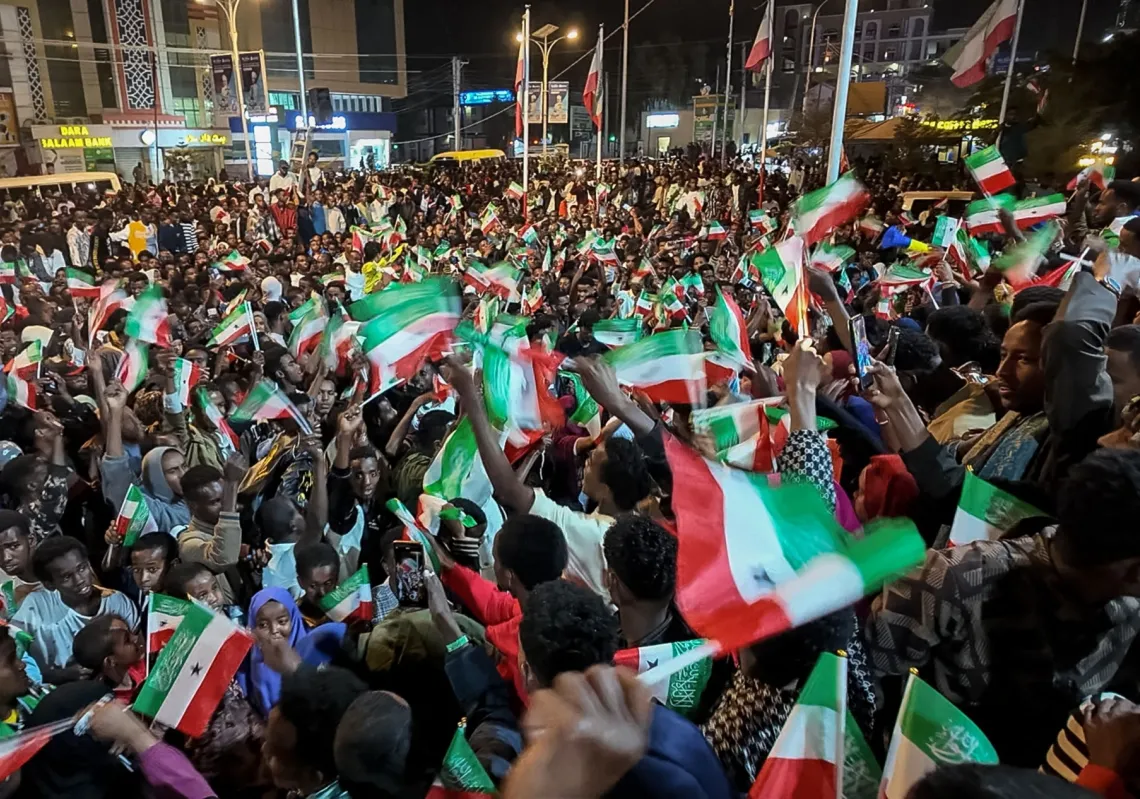Saudi Arabia is forging ahead with its ambitious vision and bold economic and investment policies.
The latest of these measures is the announcement of a highly expansionary budget for the upcoming fiscal year, with estimated spending exceeding SAR 1.2tn ($320bn), according to the Ministry of Finance.
This is despite the global economic slowdown, market volatility, and the pessimistic outlook of many experts, policymakers, and financial institutions worldwide.
The Saudi budget for 2024 allots more spending towards infrastructure, creating an attractive climate for investment across various sectors and industries.
The Kingdom is also poised to spend generously on education, health, social benefits, and housing, in addition to strengthening defence capabilities in the military sector.
This article focuses on the country’s continued success in investing in vast opportunities presented by the global economy.
Key takeaways
Notably, the massive increase in spending reflects two things.
Firstly, a boost in the national economy will increase domestic spending, which can increase the chances of generating higher non-oil revenues.
Secondly, Saudi Arabia remains committed to maintaining balance in the oil markets in partnership with OPEC+ countries. The average price of Brent crude is expected to remain between $75 to $80 per barrel throughout the next fiscal year.
It’s clear that the announced budget aims to strengthen the government's financial position by maintaining safe levels of government reserves. This will better enable the Kingdom to manage any external shocks.
This is despite uncertain global market conditions and the ambiguity around its growth chances, which have led to tightening monetary policies.















